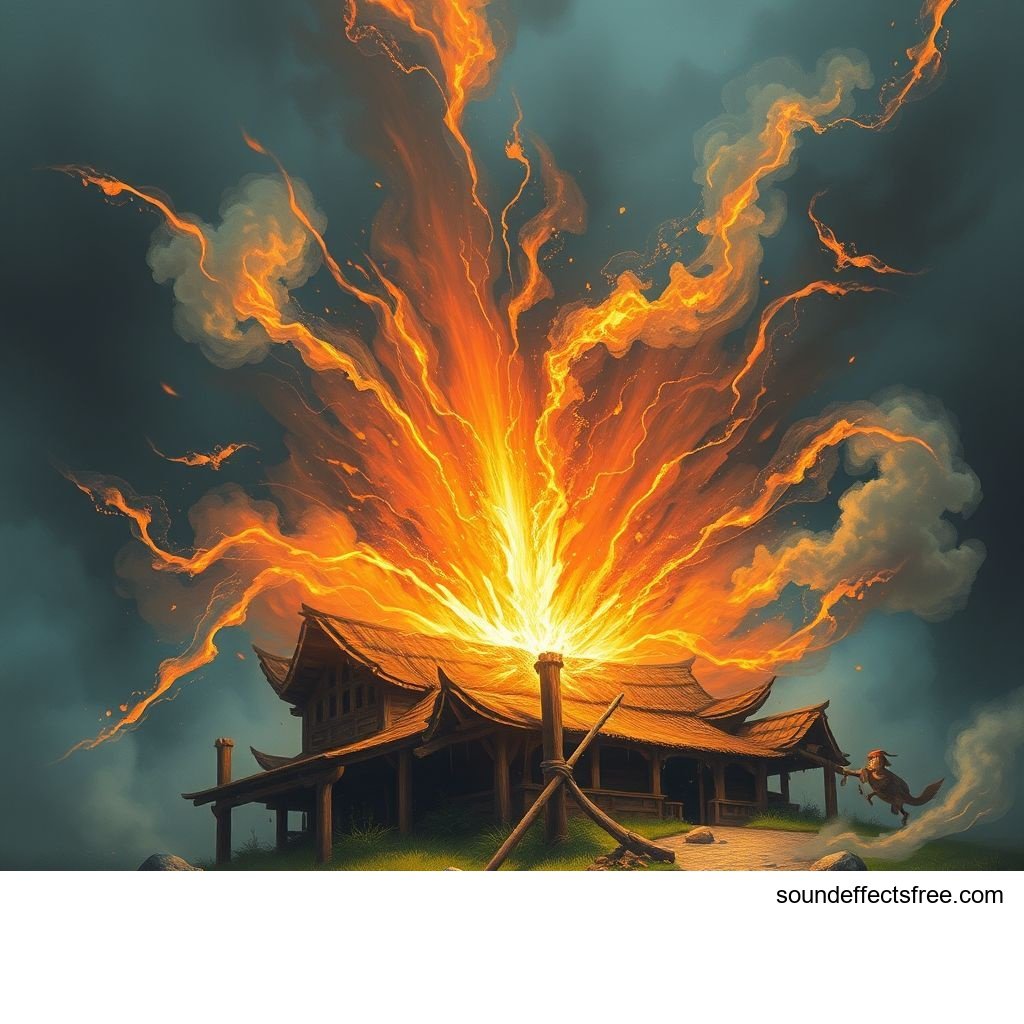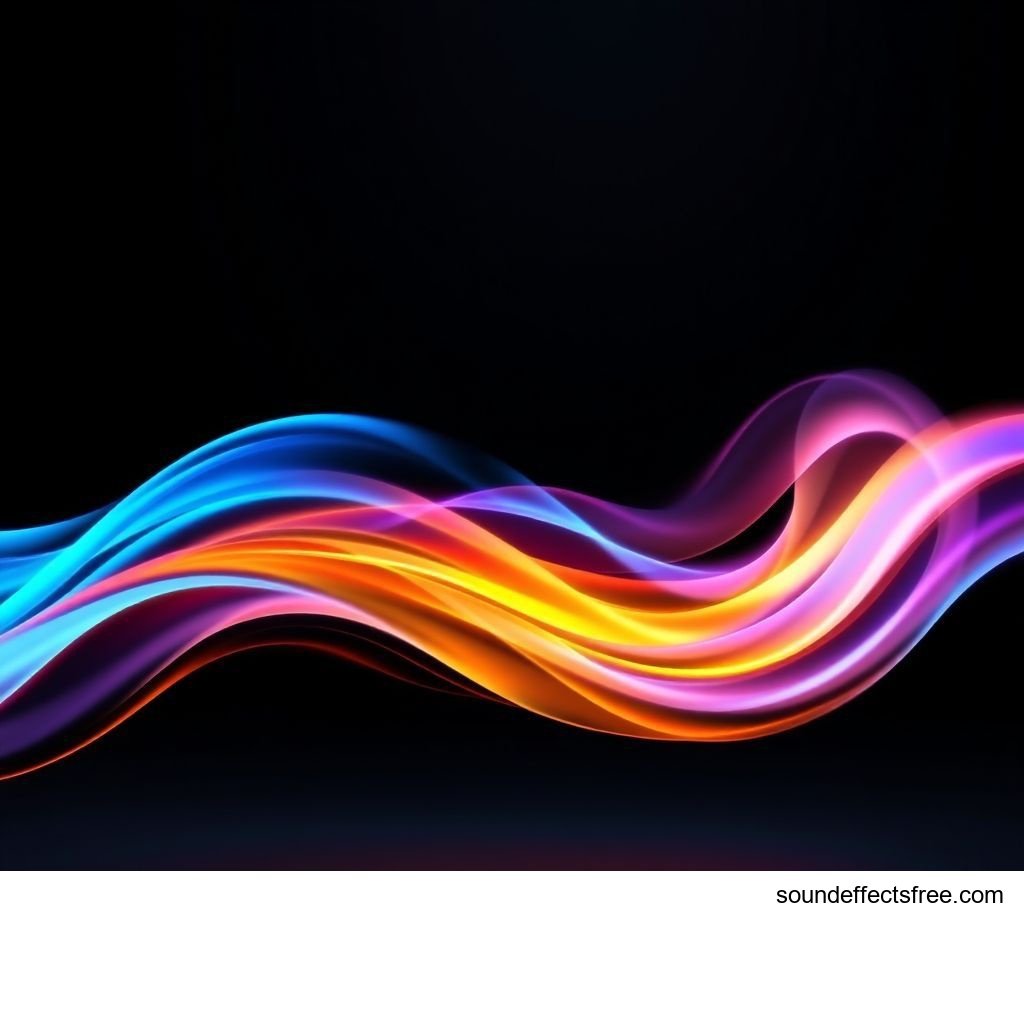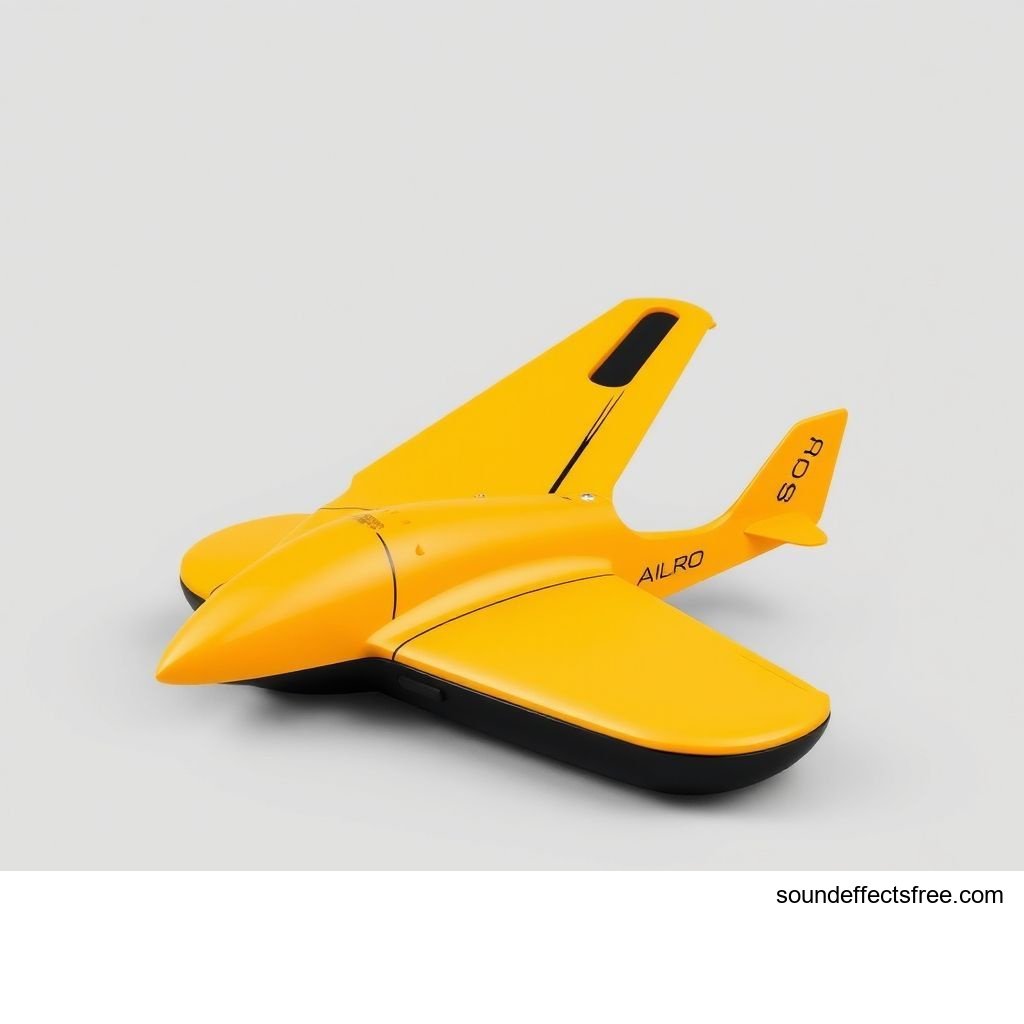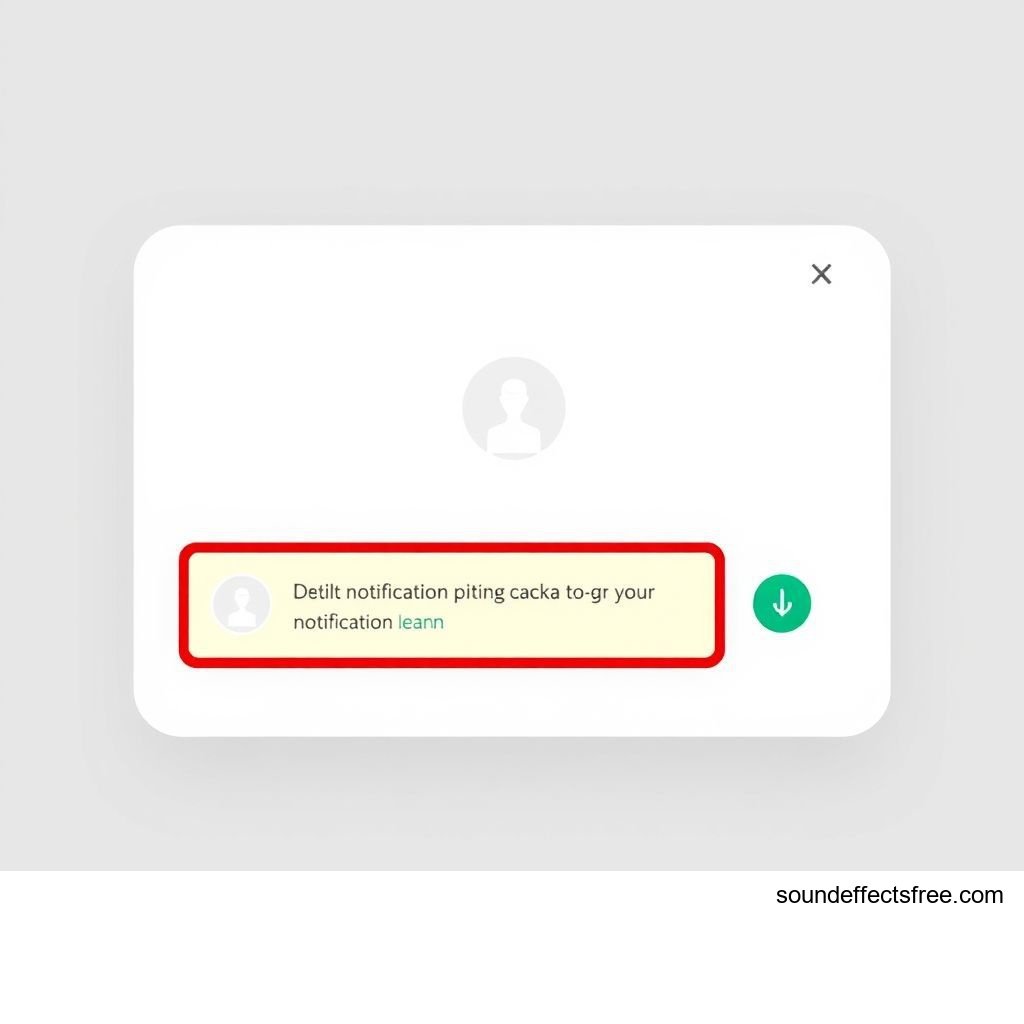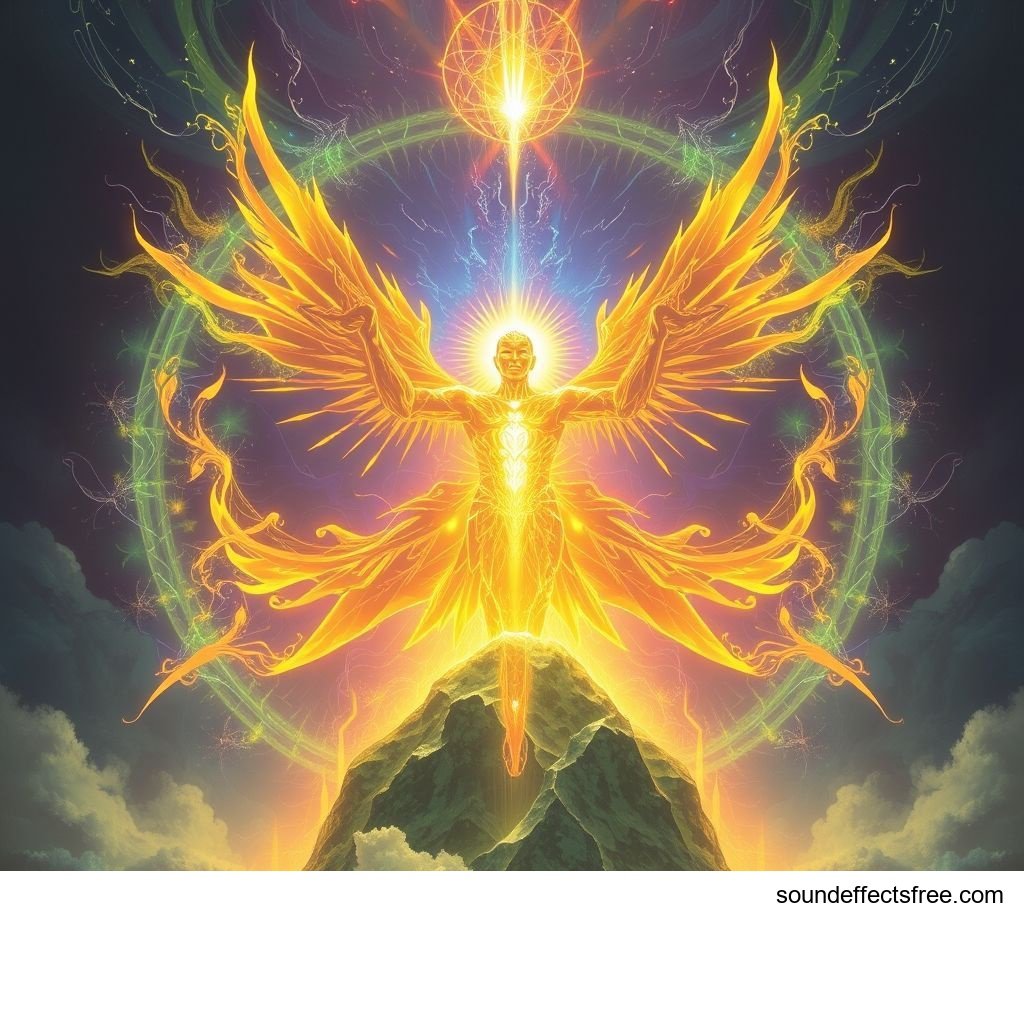Magical Impact Dissipate: Crafting Epic Spell Sounds
The impact of magic in media is undeniable. Crafting satisfying audio effects for magic is an art. It transforms visual spectacle into an immersive experience. A powerful magic spell needs an equally powerful sound. This article explores how to achieve that sonic magic. We discuss designing sounds that hit hard. We also look at how these sounds dissipate effectively.
Applications in Media
The proper audio effect elevates any scene. Great sound design brings magic to life. It makes the world feel real. Audiences connect more deeply with the experience. This applies across many platforms.
Industry-Specific Uses
Game development relies heavily on sound. Every magic spell needs a distinct sound. A fiery magic blast sounds different from a healing spell. Film and TV also use specialized magic sounds. They enhance visual effects significantly. Commercials might even use subtle magic sounds for product reveals. UI/UX design also incorporates magic-like audio. Think of a shimmering sound for a successful action. Related magic sounds are crucial here.
Creative Techniques
Sound designers use various methods. They layer different sounds together. This creates complex and rich textures. For a magic impact, you might layer a metallic clang. Then add a whoosh and an energy burst. The goal is to convey power and mystical energy. The sound should tell a story. It communicates the type of magic being used.
Technical Analysis
Understanding sound properties is key. This helps in crafting effective audio. A good magic sound is more than just noise. It has specific characteristics. These can be analyzed and manipulated.
Waveform Characteristics
A waveform shows sound over time. A sharp impact sound has a steep attack. It reaches its peak quickly. Then it may have a rapid decay. For a magic impact, this initial transient is vital. It delivers the punch. A good sound also has a sustain. This is the body of the sound. Finally, it has a release. This is how the sound dissipates. A powerful magic burst will often have a strong initial impact. Then it will quickly dissipate.
Frequency Profile
Frequencies shape sound character. Low frequencies add weight and power. They give the magic its deep rumble. Mid frequencies provide clarity. They make the sound audible and distinct. High frequencies add sparkle and airiness. They can suggest shimmering magic energy. A well-balanced frequency profile is essential. It ensures the magic sound cuts through the mix. The right EQ can make an impact truly resonate.
Production Tips
Creating high-quality magic sounds takes skill. It involves careful recording and precise editing. Sound designers use specialized tools. These tools help shape the raw audio.
Recording & Editing
Source material is crucial. Recording real-world sounds is a great start. Metal impacts can form the core of a magic hit. Glass shatters can add a magical sparkle. Processed water splashes can mimic energy. Editing involves trimming, fading, and shaping. Removing unwanted noise is vital. Applying reverbs and delays adds depth. An editor shapes the sound. They make it suitable for a fantasy setting. The goal is to make the magic feel natural yet otherworldly.
Software Tools
Digital Audio Workstations (DAWs) are essential. Programs like Pro Tools or Ableton Live are common. Plugins are also indispensable. Equalizers (EQs) sculpt frequency. Compressors control dynamics. Reverbs add space. Delays create echoes. Synthesizers can generate unique tones. They create synthetic magic textures. Specialized sound design software exists. It helps generate complex audio effects. Check out resources like Pro Sound Effects for professional tools.
Creative Implementation
Beyond the basics, creativity flourishes. Layering and spatial effects add dimension. They make the magic feel more real. They help it dissipate naturally.
Layering Methods
Layering is about combining sounds. A single magic spell sound is often many layers. Start with a core impact element. Add a transient layer for the initial hit. This could be a short, sharp crack. Then add a body layer for sustain. This might be a hum or a drone. Include a dissipation layer. This provides the fading echo. It makes the magic feel complete. Different layers can come from various sources. This creates rich, complex audio.
Spatial Effects
Spatial effects place the sound. Reverb creates a sense of space. A magic spell in a cave sounds different. It has more echoes than one in an open field. Panning moves the sound left or right. This tracks movement on screen. Doppler effects simulate motion. A magic projectile flying past would use this. Good spatialization makes the magic feel physically present. It enhances the immersive experience. The sound helps the magic dissipate realistically in its environment.
Sound Pack Integration
High-quality sound packs offer great resources. They provide ready-to-use audio assets. These assets can jumpstart your magic sound design. They ensure consistent quality.
Using with Other Sounds
A sound pack provides a cohesive collection. The sounds are designed to work together. Use a magic impact from a pack. Combine it with a casting sound. Add a magic whoosh for movement. Then use a dissipation sound for the decay. All elements will share a similar aesthetic. This creates a unified sonic experience. Think about how a UI Confirm Tap fits into a broader soundscape. It's about coherence.
Complete Collection
Investing in a full sound pack is beneficial. It offers a wide array of options. You get various magic types and intensities. This saves time and effort. It ensures professional quality. These packs are curated by experts. They provide the building blocks for epic magic audio. Get the full sound pack for comprehensive audio solutions.
FAQ Section
Q1: How do I make a magic sound feel powerful? A1: Use strong low-frequency content. Add a sharp initial impact. Layer multiple sounds like a boom, a crack, and an energy burst. This creates a powerful magic effect.
Q2: What is the most important part of a spell sound? A2: The initial impact is crucial. It delivers the immediate feeling of the magic. However, the entire sound, from casting to dissipation, defines the magic.
Q3: How do sound designers make sounds dissipate? A3: They use fading techniques. Reverb tails and delays help sounds dissipate naturally. Reverse cymbal crashes or white noise can also achieve this effect for magic.
Q4: Can I use real-world sounds for fantasy magic? A4: Absolutely. Real-world sounds are often the foundation. Process them heavily to create unique and mystical magic textures. A processed metal impact can become a magical hit.
Q5: What are common mistakes in magic sound design? A5: Overusing effects is a mistake. Ignoring frequency balance is another. Not making the magic distinct enough from other sounds can also be an issue. Ensure your magic sounds dissipate cleanly.
